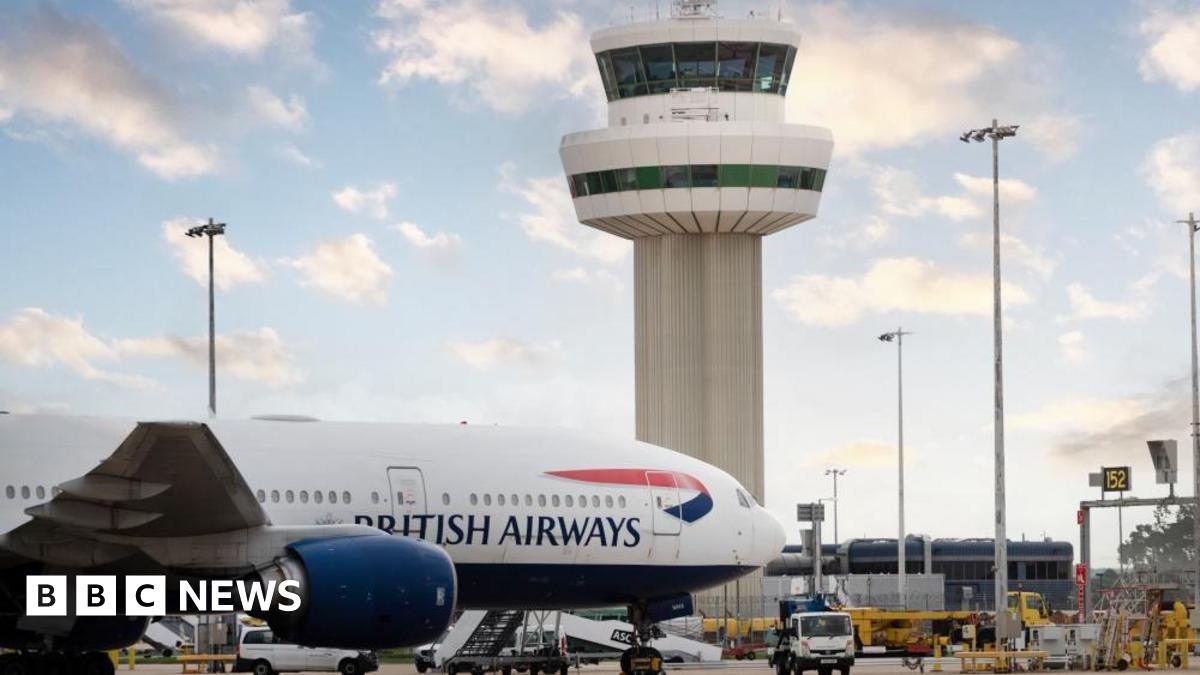British Airways Gatwick Emergency: Pilot Confusion Investigated
A British Airways flight from Gatwick Airport experienced a near-miss incident last week, sparking an investigation into potential pilot confusion. The incident, which involved flight BA2728 bound for Palma, Mallorca, saw the aircraft descend rapidly before leveling off unexpectedly close to the ground. While no injuries were reported and the flight ultimately landed safely, the incident raised serious concerns about safety protocols and communication within the cockpit.
The Incident: A Rapid Descent and Close Call
According to initial reports from air traffic control and flight data recorders, the aircraft experienced a sudden and significant descent, prompting immediate concern from air traffic controllers. The aircraft reportedly deviated significantly from its assigned flight path, triggering warnings and prompting intervention. While the specifics remain under investigation by the Air Accidents Investigation Branch (AAIB), preliminary findings suggest a possible misinterpretation of instructions or a failure in communication between the pilots.
The rapid descent occurred at a critical stage of the flight, close to the ground, making the situation even more precarious. The proximity to the ground increased the risk of a potential crash, highlighting the severity of the near-miss. Thankfully, the pilots were able to regain control and safely land the aircraft. However, the incident underlines the importance of robust safety procedures and clear communication in the aviation industry.
Investigation Underway: Unraveling the Cause
The AAIB has launched a full investigation into the incident, aiming to determine the exact cause of the rapid descent. Key aspects of the investigation include:
- Cockpit Voice Recorder (CVR) analysis: The CVR will provide crucial information about the communication between the pilots and their responses to the situation.
- Flight Data Recorder (FDR) analysis: The FDR will provide detailed data on the aircraft's performance, including altitude, speed, and other vital parameters.
- Pilot interviews: Investigators will conduct thorough interviews with the pilots involved to understand their perspective on the events.
- Review of standard operating procedures (SOPs): The investigation will assess whether established procedures were followed correctly.
- Review of Air Traffic Control communications: The investigation will examine the communications between the pilots and air traffic control, searching for possible miscommunications or misunderstandings.
The findings of the AAIB investigation will be crucial in determining the root cause of the incident and identifying any necessary improvements to safety procedures and training. The results will be published once the investigation is complete, though this is expected to take several months.
Safety Concerns and Industry Response
This incident has highlighted ongoing concerns about pilot workload and the need for effective communication strategies within the cockpit. The aviation industry continually strives to improve safety standards, and investigations like this are critical in identifying areas for improvement.
- Pilot fatigue: Pilot fatigue is a well-documented risk factor in aviation accidents. Investigations often examine whether pilot fatigue played a role in the incident.
- Technological solutions: Advances in aviation technology are constantly being developed to enhance safety and prevent accidents. This incident may lead to further development or implementation of safety enhancing technologies.
- Improved training programs: This incident may lead to improvements in pilot training and enhance communication protocols.
British Airways has stated that they are fully cooperating with the AAIB investigation and are committed to ensuring the highest possible safety standards for their passengers and crew. They have also reiterated their commitment to thorough pilot training and robust safety protocols.
Conclusion: A Wake-Up Call for Aviation Safety
The British Airways Gatwick incident serves as a stark reminder of the inherent risks in aviation and the constant need for vigilance. While the outcome was fortunate, the potential for a serious accident underscores the importance of thorough investigation and continuous improvement in safety protocols and pilot training. The results of the AAIB investigation will be eagerly awaited, not only by British Airways but by the entire aviation community. The incident will undoubtedly shape future discussions about aviation safety and pilot training procedures, ensuring lessons learned are applied to prevent similar incidents in the future.
Keywords: British Airways, Gatwick Airport, emergency, pilot confusion, investigation, AAIB, flight safety, aviation safety, near-miss, air accident, flight BA2728, Palma, Mallorca, cockpit communication, pilot workload, pilot fatigue, safety protocols, air traffic control.

